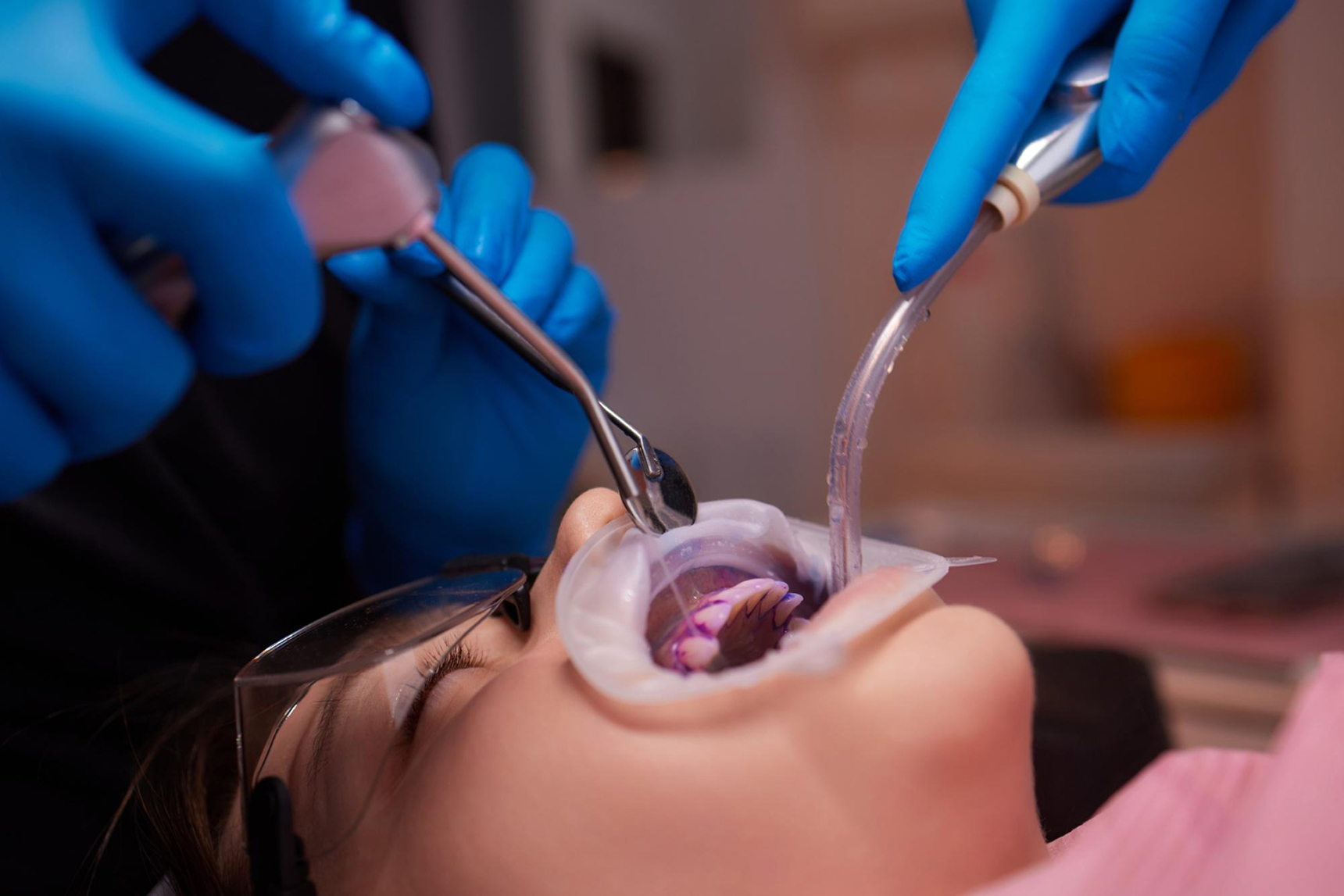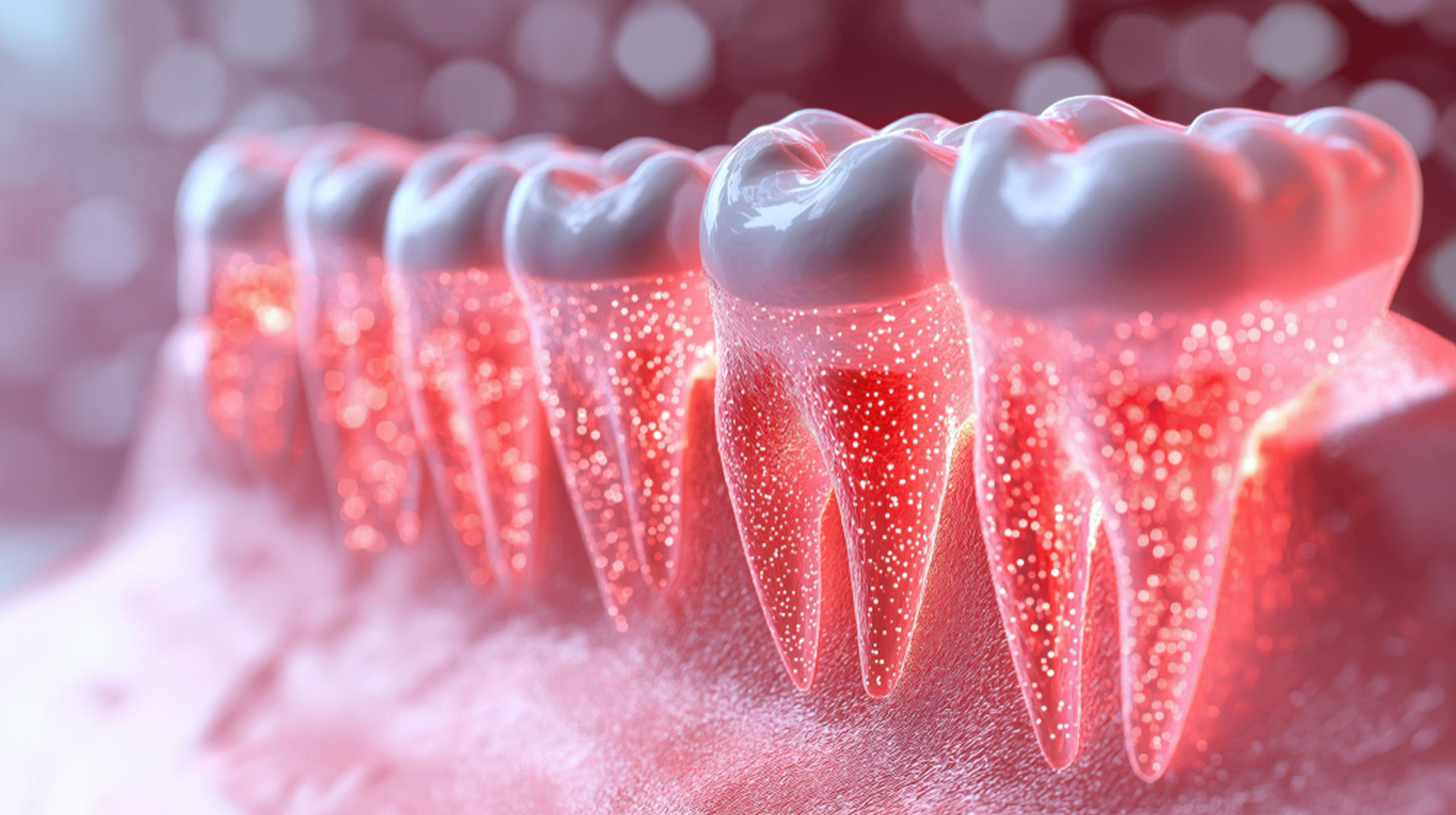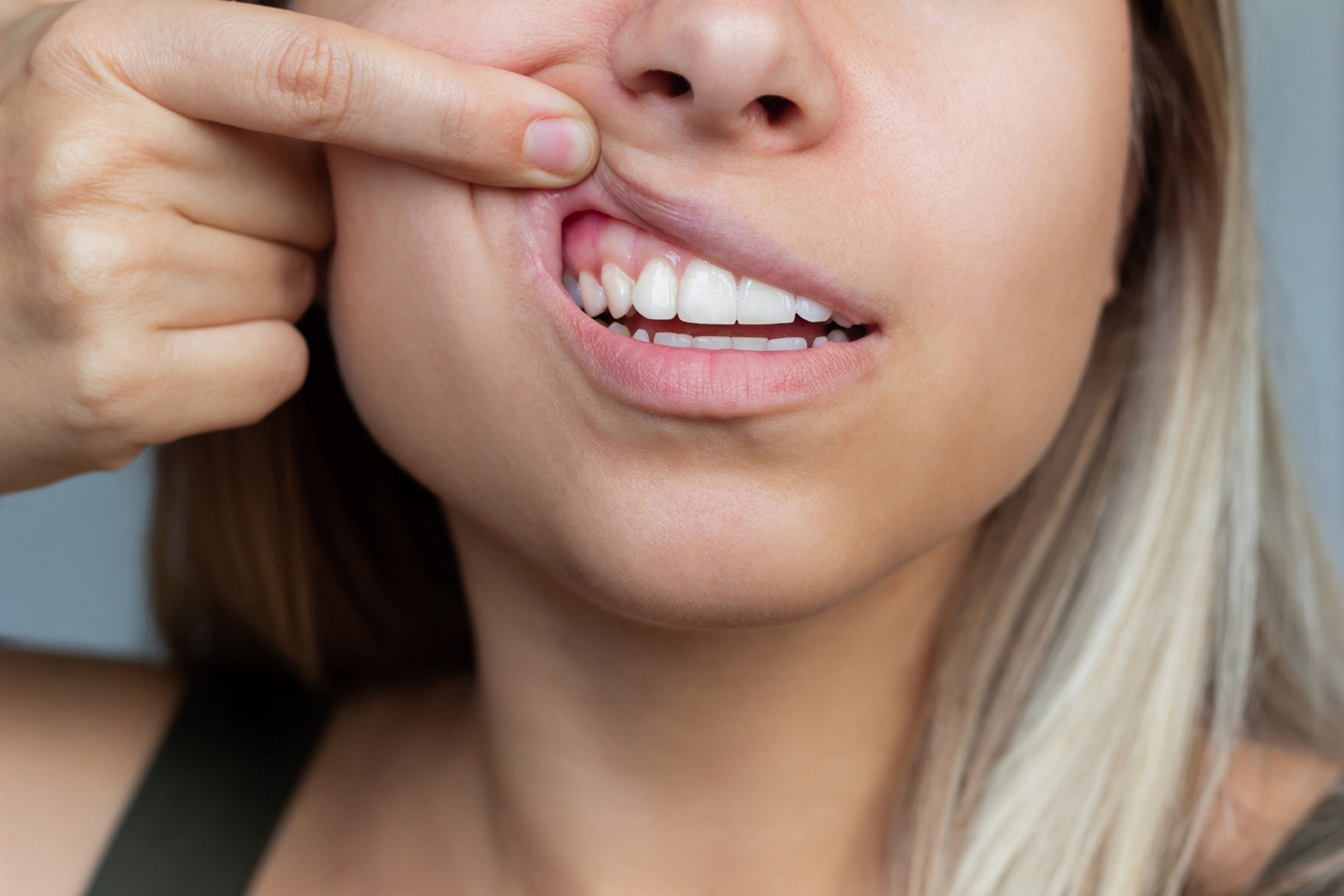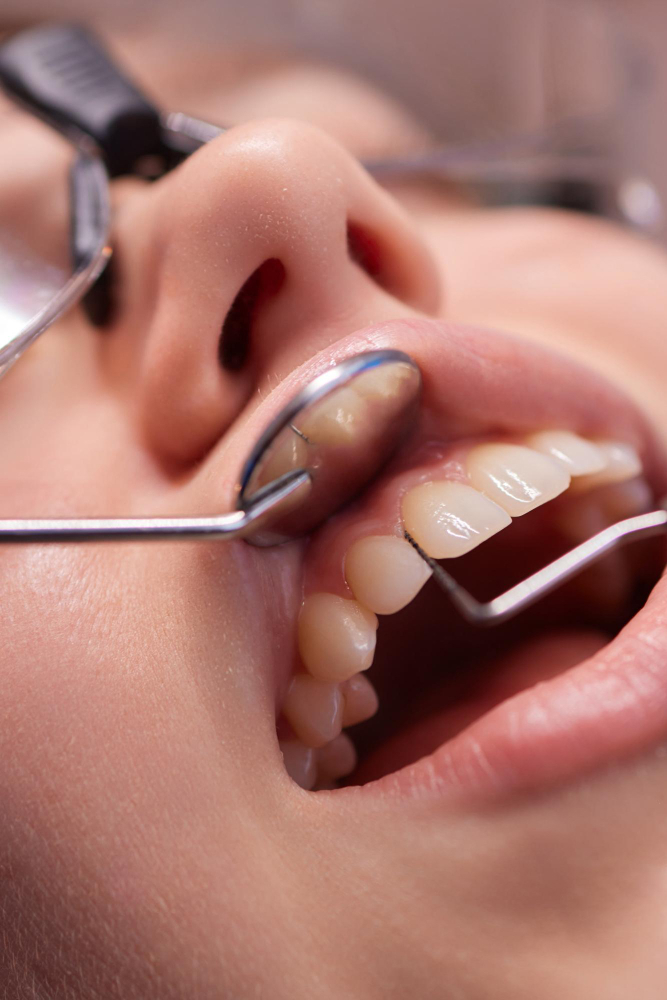
Excess or uneven gum tissue can contribute to periodontal problems, discomfort, or an uneven smile (“gummy smile”). Gingivectomy eliminates overgrown gum tissue, reshapes the gum line, and allows for easier oral hygiene.
City Clinic’s specialists use advanced laser technology or traditional surgical techniques to perform the procedure with minimal discomfort and precise results. Gingivectomy can be both functional—improving access for cleaning and preventing disease—and cosmetic, enhancing the symmetry and appearance of the smile.
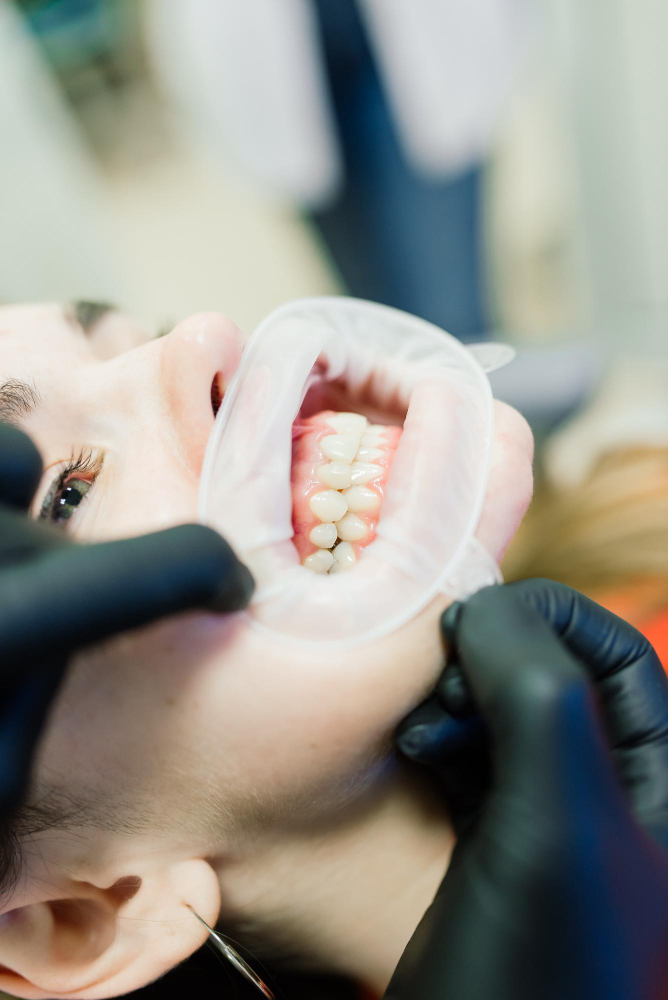
1
2
3
Duration:
Number of Sessions:
Recovery / Downtime:
Pain Level:
Pre-Treatment:
Post-Treatment:
After gingivectomy, gums appear healthier, pockets are reduced, and oral hygiene is easier. Aesthetic outcomes include a more balanced and attractive gum line. Long-term, the procedure helps prevent periodontal disease progression and improves smile aesthetics.
• Active gum infections or untreated periodontal disease
• Uncontrolled systemic conditions affecting healing
• Allergies to local anesthesia components
• Amount of gum tissue removed
• Use of laser vs. traditional surgery
• Combination with other treatments (crowns, implants, etc.)


